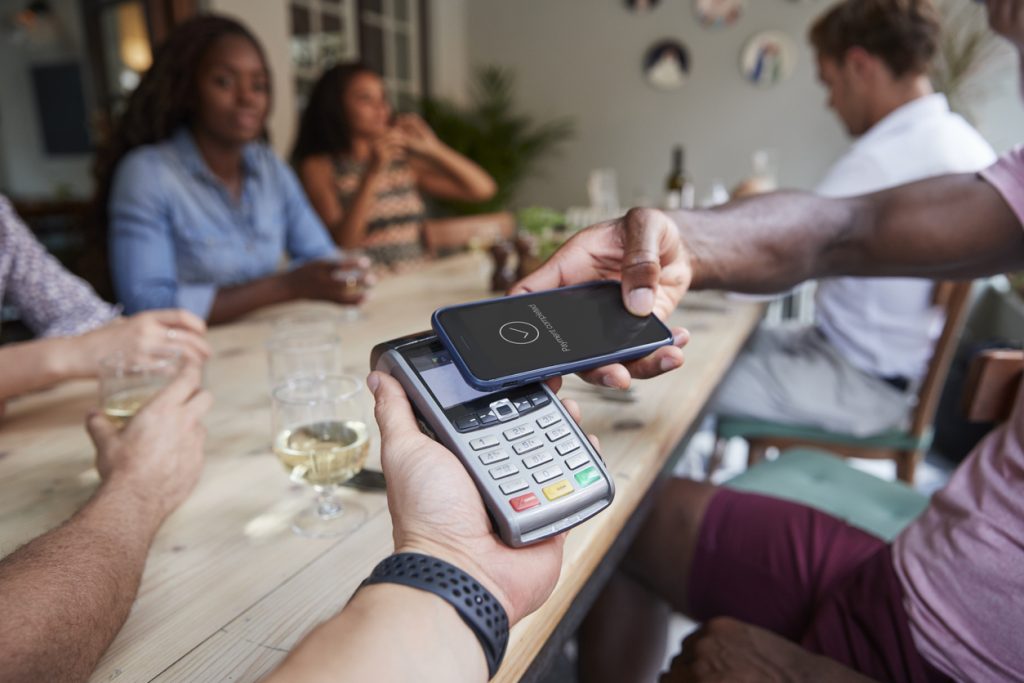It’s now easier than ever for travellers to spend their money around the planet. There are multi-currency systems, card payments, and contactless options, and now you can even pay via your omnipresent smartphone.
According to data from the world’s leading mobile phone operators, around 83% of tourists take their mobile phone or a similar mobile device with them when going on holidays. This means our main digital ally has become an essential part of the modern travel experience.
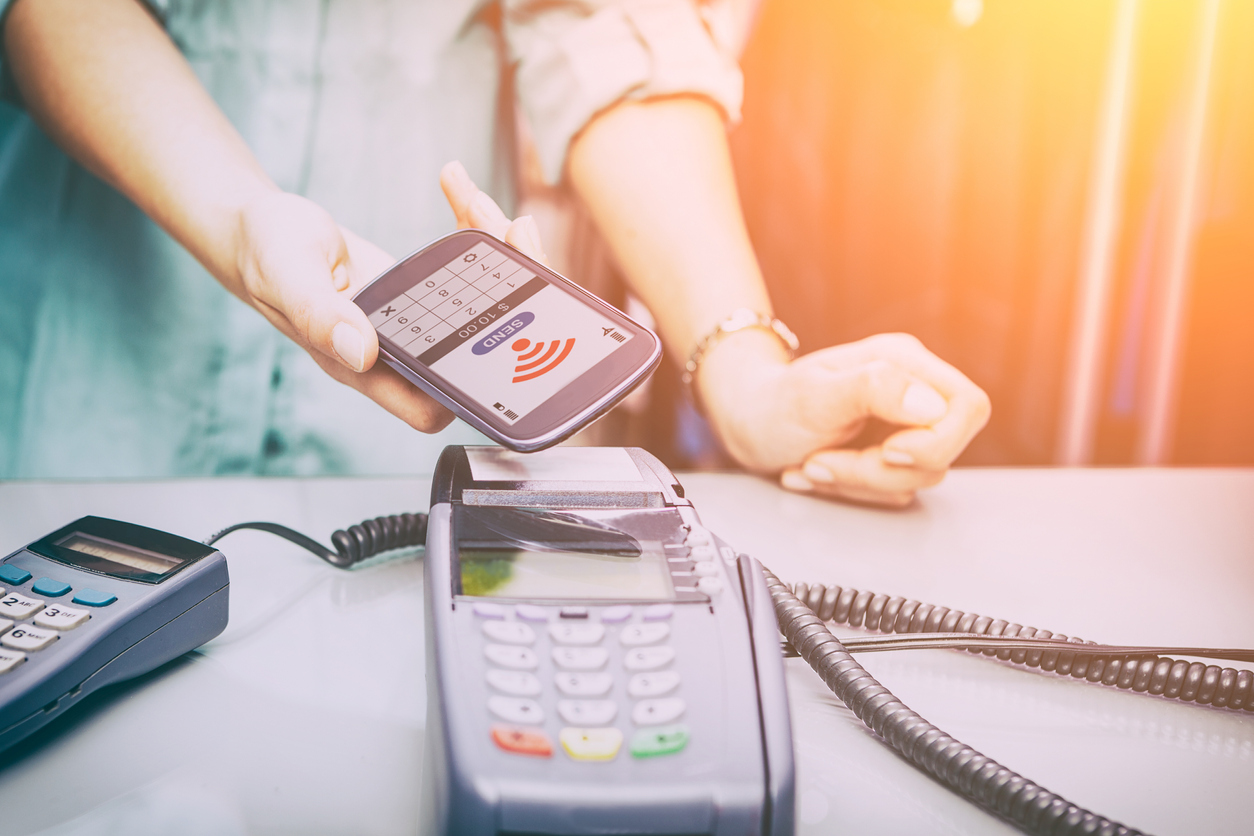
Now more than ever, travellers are taking advantage of mobile payments to use services and buy all kinds of goods as part of the tourist experience. Similarly, mobile phone service providers have realised these handy apps have enormous potential to develop further platforms and make things easier than ever for travellers both now and in the future.
Although some seriously big numbers for this activity have come out of countries like the United States, it’s Chinese tourists who are leading the way in developing payment protocols and the use of these services during their travels.
Almost 60% of all the payment operations made by mobile phone are carried out by the Chinese, over platforms like Alipay or WeChat Pay.
Precise technology
But before we go on, let’s clear up one of the technological concepts that is closely linked to smartphone payments. In order to pay with your smartphone, your mobile needs to have Near Field Communication technology.
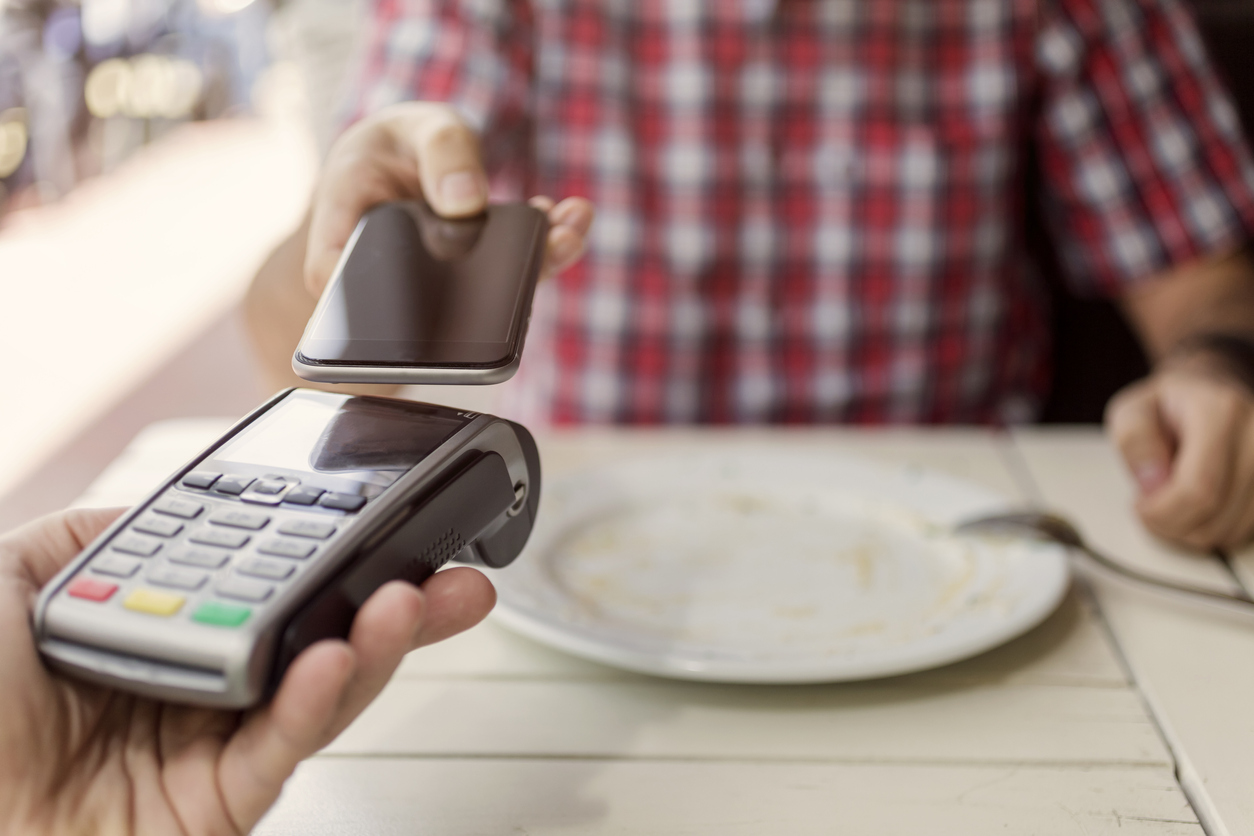
This is a short-range wireless system that allows data to be transferred between devices. Your telephone needs to be equipped with this technology, and the business you are buying from needs a contactless payment terminal.
Chinese tourists and mobile payment
There is a growing realisation in Europe that Chinese tourists want to pay by mobile, and businesses are quickly adjusting to this new reality.

Many businesses are starting to accept payment via WeChat or Alipay (through QR codes) to appeal to Chinese tourists.
For those who haven’t heard of it, WeChat Pay is a kind of Whatsapp and is the most popular messaging system in China. It comes with a smartphone payment option. Countries like Italy have already signed business agreements with technology multinationals to gain ownership over the payment system that is so popular with Chinese tourists.
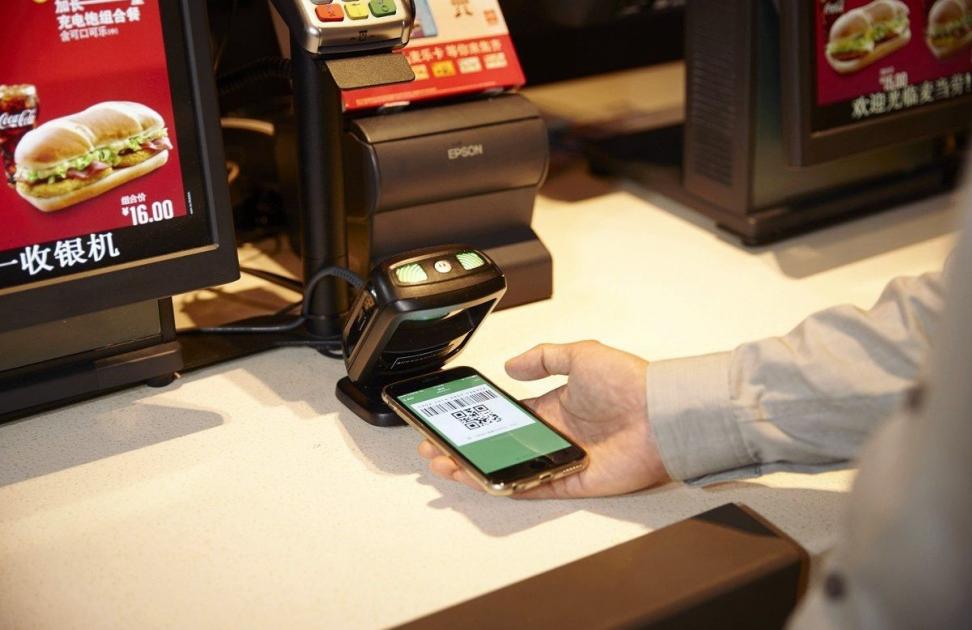
According to WeChat, they have just a few customers – 980 million active users every month! Of these, almost 230 million have associated their credit card with the app that, according to figures from 2018, was used to make one million transactions every minute.
In China, paying for a taxi or a drink via WeChat is as normal as paying with cash in Spain.
Spain has also responded to the situation, and shopping centres like Las Rozas Village (Madrid) have increased their sales to Chinese customers by 14% thanks to implementing mobile payment technology.
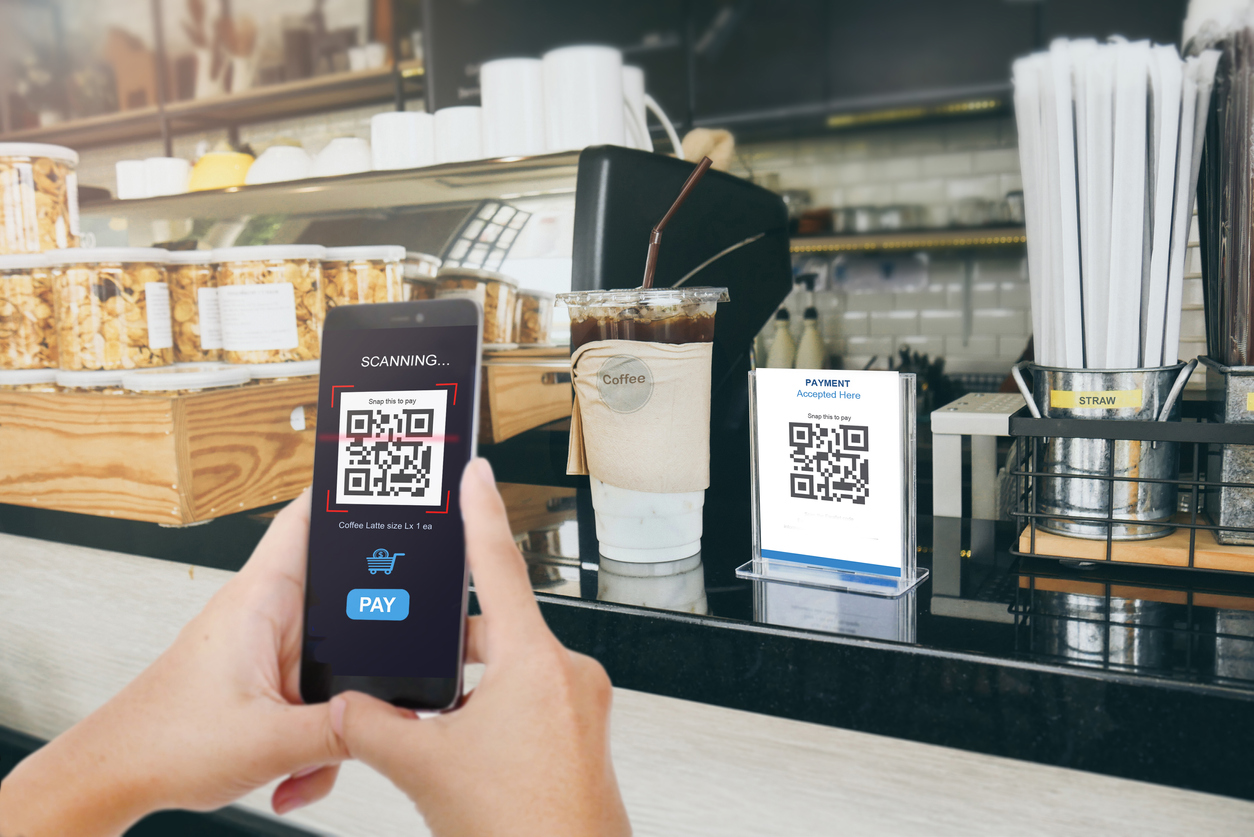
Other Spanish success stories include the brand Mango, as well as CaixaBank, which allows the bank’s business clients to accept payments via Alipay, the other Chinese mobile payment giant.
The concept is clear: attract Chinese tourists with this type of payment. Mobile payments are already a reality in other parts of Europe, like Camden Market in London and Galeries Lafayette in Paris.
In Spain
In terms of the Spanish market, some important figures show the current situation for mobile payments. Credit cards are the most frequently used means of payment in the country, and it is the usual method for around 72% of daily purchases, according to figures from the Mobile Commerce Congress 2018.
Paying with plastic is already almost two decades old, and credit and debit card use is widespread across all age ranges. It is only those under 25 years old, according to the study, who are still resistant to the mass use of credit and debit cards in their daily lives.
Credit cards are merely an advance of what is to come in terms of the payment revolution that will take place in 2019. This year will see a full rollout of mobile payments thanks to their versatility in different existing channels.
According to figures from the Mobile Commerce Congress 2018, held in Madrid last October, 15% of customers already use their phones to pay for their purchases. Almost half of them use a “wallet” type app that communicates with their bank.
Mobile phones have become a comprehensive part of the purchasing experience around the world, and they always come with us on our travels. From finding out information on a product to taking photos of a product on the shelf to look at it later, right up to the final part of the purchase – payment. In other words, having total control over the buying process.
Apple, Samsung and Google, the mobile payment giants
In contrast to the situation in China with mobile payments, which work by scanning QR codes, in Spain, everything depends on contactless technology.
To start with, Spanish banks were hesitant to accept the arrival of payment systems like Apple Pay or Samsung Pay. But they soon realised their potential, and these payment systems, alongside the Google version, are now compatible with a large number of banks and cards.
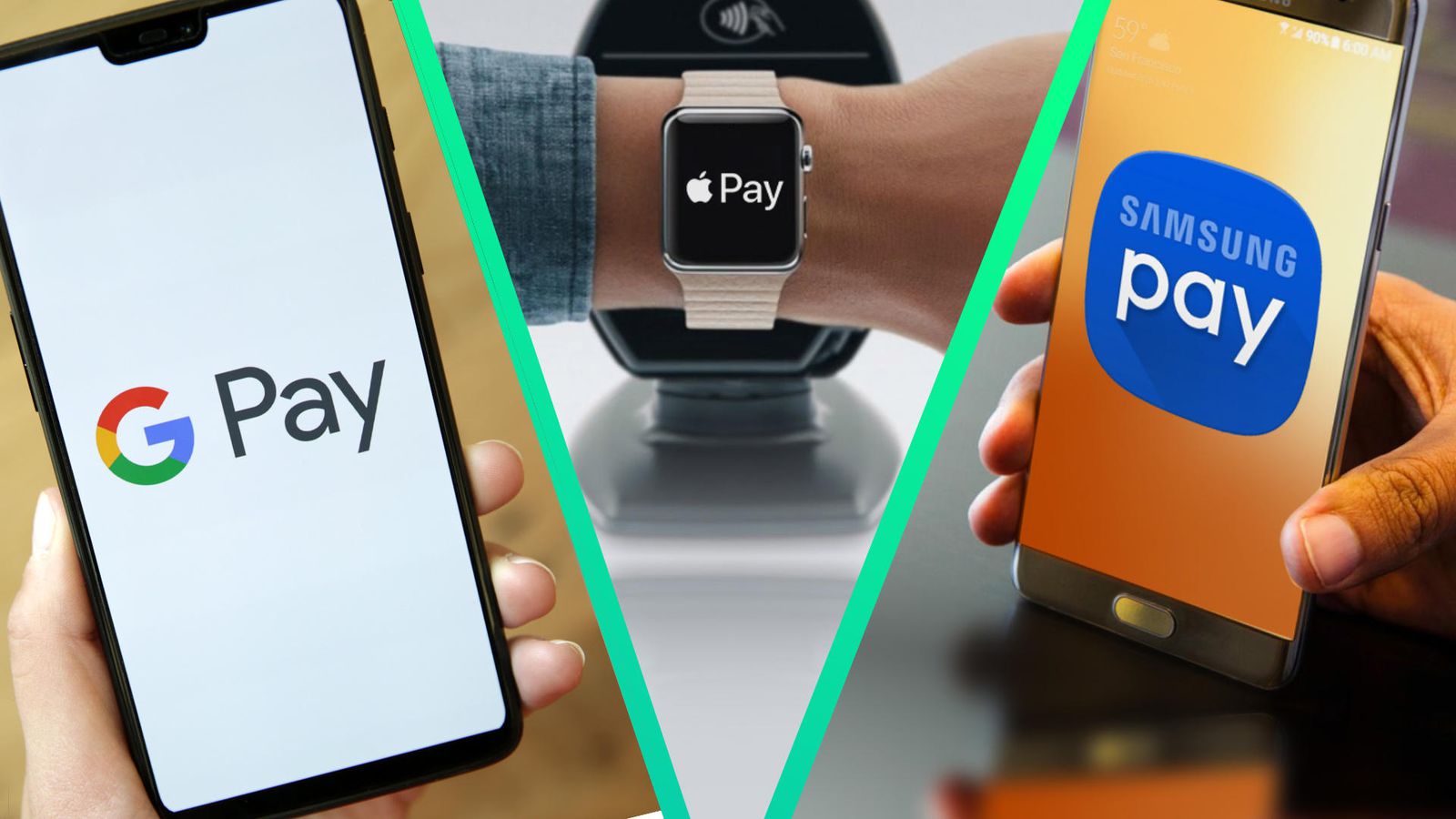
Samsung Pay is one of the most successful systems in Spain. It has very interesting promotions, as well as the option to add a wide range of loyalty cards.
Faced with the arrival of the big three, banks were under pressure to launch their own wallet applications. The technique is the same, and it is simply an app where card details are stored, so that you can pay via the NFC chip on your phone.
Apple Pay is exclusively compatible with iPhone and Apple Watch. In order to pay, either your fingerprint is required with Touch ID, or a scan of your face when using the iPhone X, or your usual PIN code.
Samsung Pay, on the other hand, is compatible with some models in the brand that have standard NFC. These include the Galaxy Note 8, Galaxy S10, S10+, S9, S9+, S8, S8+, S7, S7 Edge, S6, S6 Edge, S6 Edge+, Galaxy A8, and the Galaxy A5 from 2016 and 2017.
Google Pay meanwhile is compatible with any mobile phone that has NFC. The advantage is that it is included as part of the Google services that all Android manufacturers have to install. The main drawback is that it is not supported by many banks.
In summary, you could say that these apps are safer than contactless credit cards, as they require additional verification from the user.
Additional means of protection via biometric methods are added to traditional PIN codes, providing a greater guarantee of security.
What is the future for mobile payments?
The Cupertino-based company has already launched the Apple Pay Cash system in the United States, which is a way for users to send money to each other via text messages, without any other intermediary company and without commission.
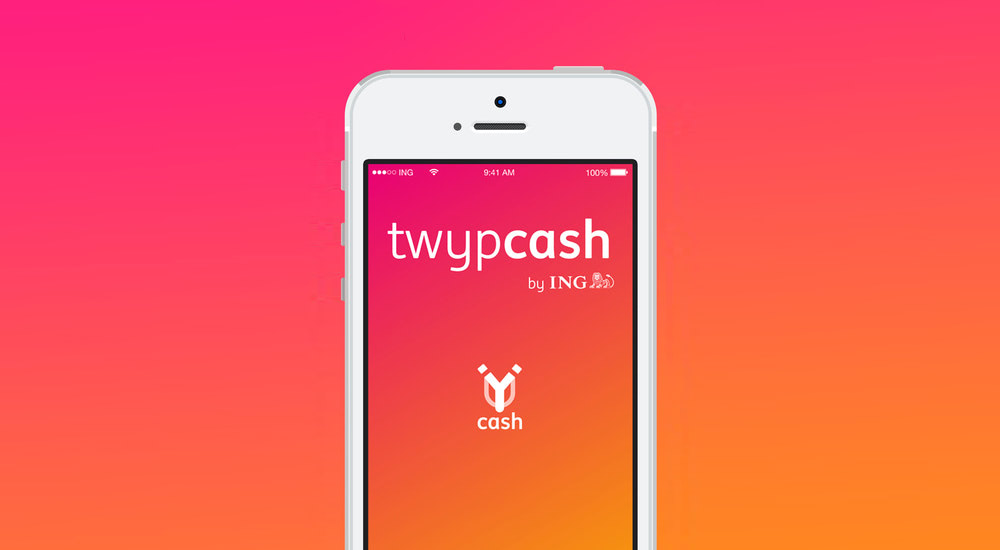
It seems that neither Google nor Samsung are very interested in this kind of transaction. Moreover, they think it’s a niche market that has already been occupied by a number of companies and payment types, like PayPal, and more recent initiatives like ING’s Twyp or Verse.
In any case, the tourism industry will benefit from the democratisation of this payment type, as it will make transactions even faster than before, while also securing the loyalty of customers with a more technology-focused profile.
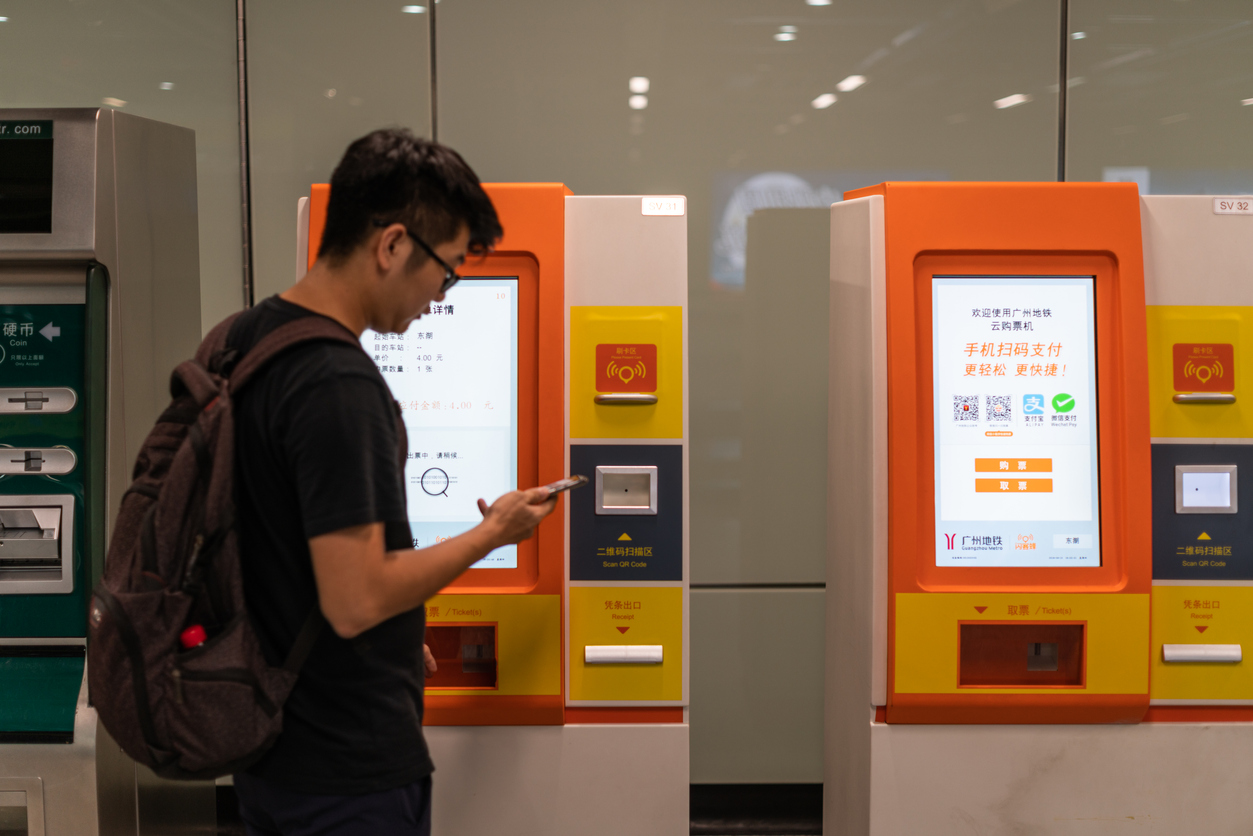
It will also attract Chinese tourists over the short term, as we mentioned above, as they will feel more comfortable when they can pay by mobile while abroad.



